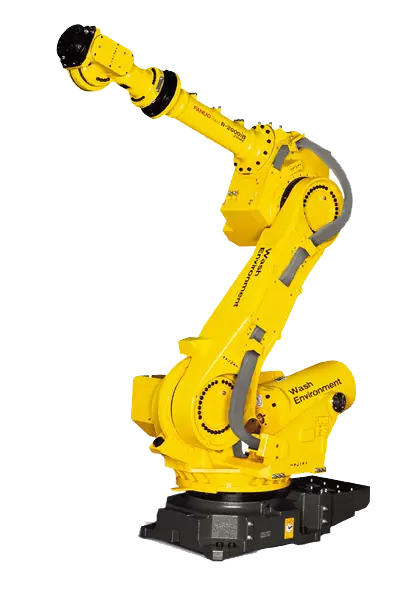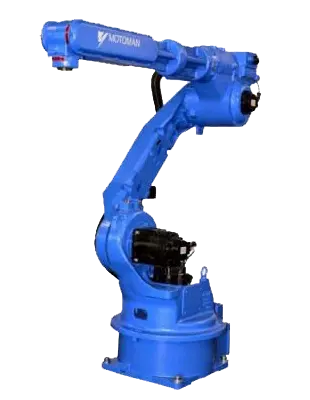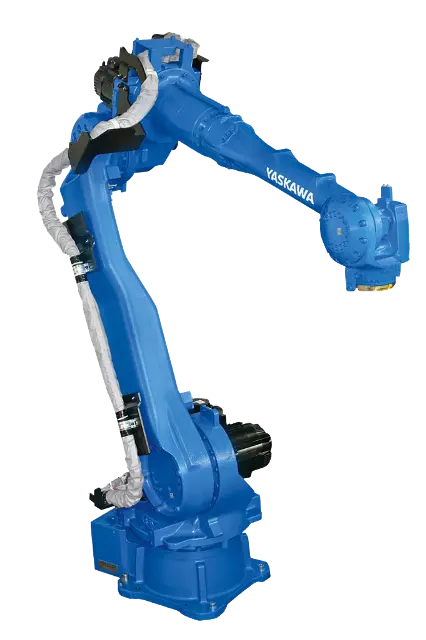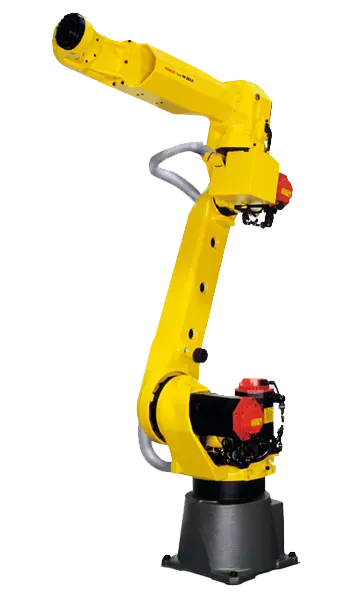Low Automation vs High Automation Factories
Manufacturing has now entered its fourth industrial revolution. Manufacturers are transitioning away from low automation factories by automating production processes with industrial robots. The low automation approach was common in the past as it was once considered more affordable to use manual labor, especially since robots were limited to highly repetitive, high volume tasks, but this is not the case anymore. Rising manufacturing costs, increased global competition, advanced technology, along with the declining cost of industrial robots has made manufacturers realize they can no longer afford not to automate. High automation factories are now the model for the future of manufacturing as companies move towards a lights-out approach.
Low Automation Factories
A factory is considered to be low automation if it consists of mainly manual processes. Low automation manufacturing relies heavily on personnel. Data collection, constructing products, moving workpieces, and operating factory machines are all done by factory workers with the low automation approach. Low automation factories may have some pieces of automated equipment, but for the most part workers greatly outnumber any automated machinery.Low automation was once considered the best approach for those with low production volumes or a high mix of parts as the cost to automate could not be justified. However, advancements in robotic technology has made articulated robots more adaptable and suitable for high mix, low volume operations. Integrating the FANUC M-20ia with a vision system allows it to adjust quickly to part changes without the need for reprogramming. Collaborative robots are ideal for automating high mix, low volume operations. The Universal UR10 can operate safely alongside workers, assisting them and increasing productivity.
Low automation can be prone to errors, defective or poor-quality parts, inconsistent and low productivity, limited operation hours, higher costs, unexpected stoppages, and high turnover from workers.
High Automation Factories
A high automation factory is one that runs on mainly automated equipment, which in most cases consists of industrial robots. Workflows are system driven in a high automation factory while all production processes from assembling parts to tending machines to packaging finished goods are automated with robots. The goal of a high automation approach is to achieve lights-out manufacturing in which the need for human involvement is eliminated or at the very least, significantly reduced.Factories using a high automation approach are not prone to the issues that low automation factories often face. Removing human interaction from manufacturing prevents errors, helping to improve product quality along with the accuracy of robots. Six axis robots operate for longer hours at faster speeds, increasing productivity. Costs are reduced as robots help save on materials, and labor. High automation factories are resilient to outside variables making unexpected stoppages unlikely. Turnover issues are avoided as factory robots replace personnel and are a long-lasting investment.
The cost to automate is more affordable due to declining robot prices along with a large second-hand market. There are many reliable, long-lasting robots for sale on the used robot market, including the FANUC Arcmate 120ic. Purchasing second-hand robots is a more cost-effective approach to building a high automation factory.




